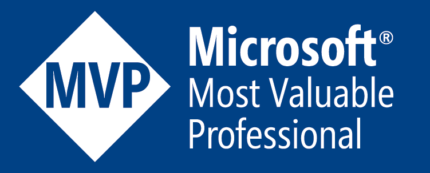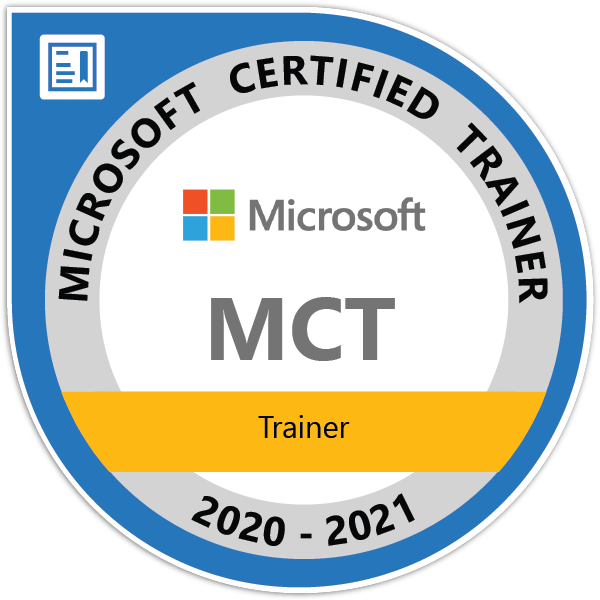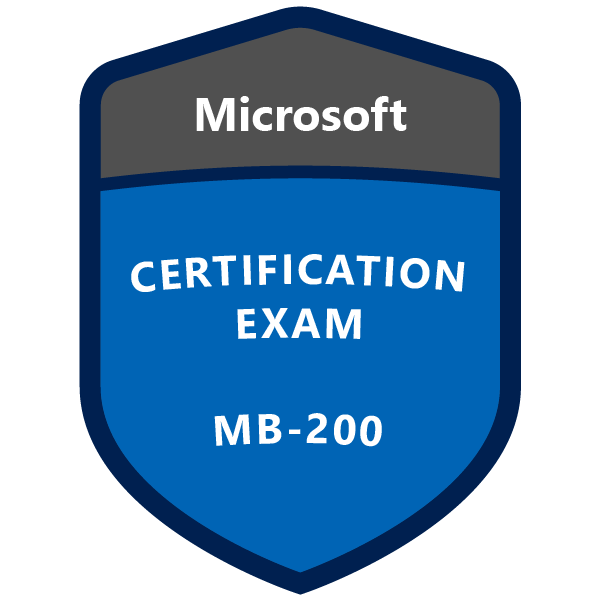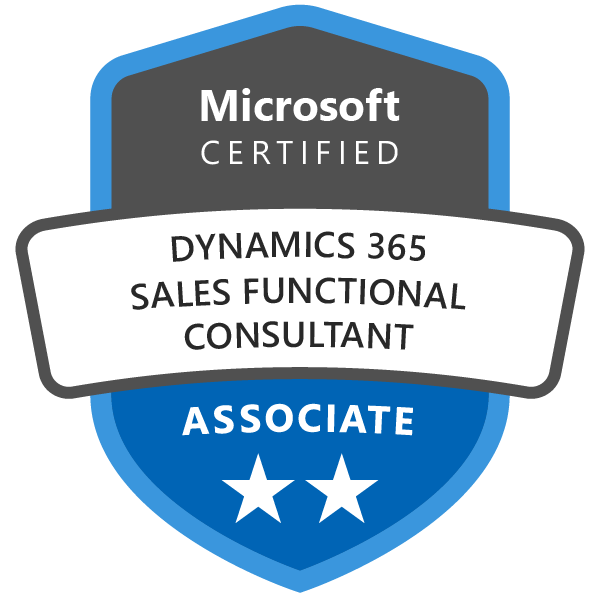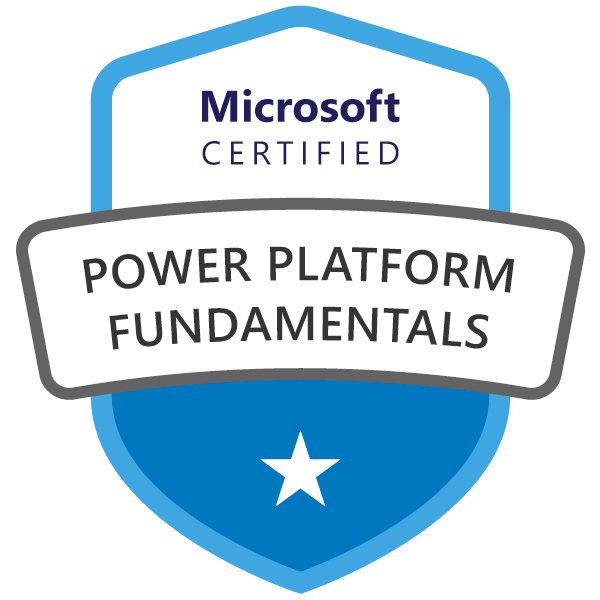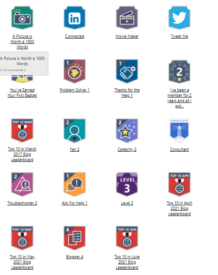TOP 20 new features of D365
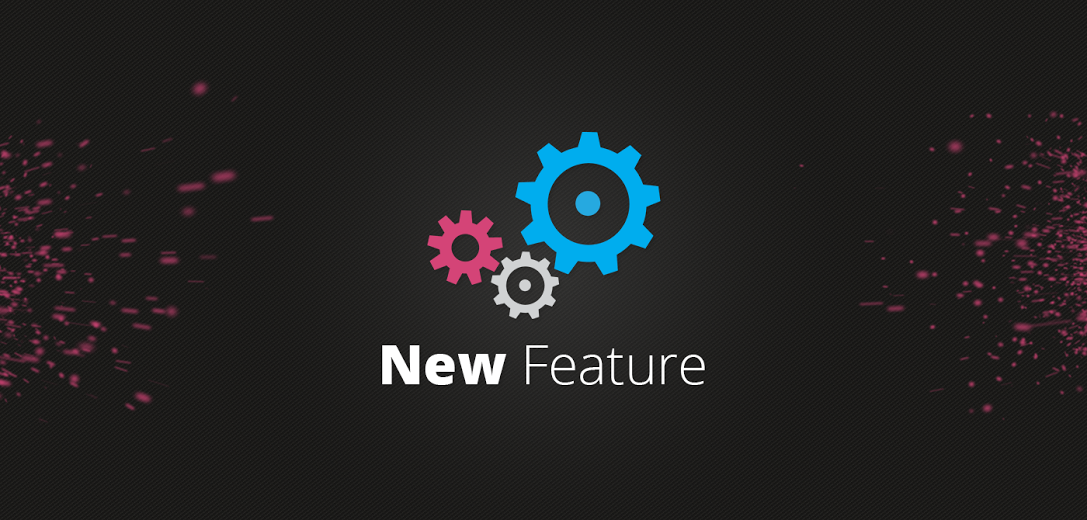
Here are the new features in Dynamics 365 for developers. In every release Microsoft introduces some exciting features so here is a collection of the new features in MSD 365. Follow the link for more info MSDN Article

-
Customer Insights
- Customer Insights is a Azure-based SaaS service that enables organizations of all sizes to bring together data from multiple sources, including Microsoft Dynamics 365, and generate knowledge and insights to build a holistic 360° view of their customers. The Customer Insights Programming Reference documents the two sets of REST interfaces provided by this service: the Azure Resource Manager (ARM) APIs and the Hub APIs. These interfaces enable developers to extend custom applications, as well as to automate Customer Insights Hub administrative operations.
-
Introducing editable grids
- The new editable grids feature provides inline editing capabilities in the main grid and subgrids without having to switch records or views. The new editable grids are supported in the web client, Dynamics 365 for phones and Dynamics 365 for tablets.The editable grids also support client-side events and methods that can be used to write custom client extensions according to your business need.More information: Use editable grids and Editable grid objects and methods (client-side reference)
-
Data Export service
- The ability to replicate Dynamics 365 data to an external SQL database provides a lot of flexibility for generating reports. Data Export is an add-on service made available as a Microsoft Dynamics 365 (online) solution that adds the ability to replicate Dynamics 365 (online) data to a Microsoft Azure SQL Database store in a customer-owned Microsoft Azure subscription. The supported target destinations are Microsoft Azure SQL Database and Microsoft Azure SQL Server on Microsoft Azure virtual machines. Data Export intelligently synchronizes the entire Dynamics 365 schema and data initially and thereafter synchronizes on a continuous basis as changes occur (delta changes) in the Microsoft Dynamics 365 (online) system. More information: TechNet: Replicate Microsoft Dynamics 365 (online) data to Microsoft Azure SQL Database
- The Data Export service provides an interface for managing configuration and ongoing administration of this service from within Dynamics 365 (online). Developers can write code to interact with this service. More information: Data Export service
-
Web API Enhancements
-
Access to local data while Dynamics 365 for Outlook is offline
- When you write form scripts that use the Web API, these scripts can work using the local data in Dynamics 365 for Outlook when the user is offline. This capability has been available for the Organization service (SOAP endpoint) and the Organization Data service (OData v2), but was not previously available with the Web API. The context.getClientUrl function automatically redirects requests to the local version of the service when Dynamics 365 for Outlook is offline.
-
Return entity data on create or update
- Sometimes you want to retrieve an entity right after you create or update it. Before this release, you needed to use two operations. The POST request to create an entity returns an HTTP 204 (No content) status and a Uri to the entity created is returned in the OData-EntityId header property. You can then use this Uri with a GET request to retrieve the created entity. This is because the default preference is to apply the return=minimal preference.A PATCH request applied to update an entity will simply return HTTP 204 (No content) status when successful.
- With this release you can specify the return=representation preference in the header of the request. A successful POST request will return HTTP 201 (Created) and include the entity properties you select. You can select which properties are returned by using the $select system query option.A successful PATCH request will return HTTP 200 (OK) with the full entity.More information: Create with data returned , Update with data returned, and HTTP headers
-
Reference metadata by name
- With this release, you can use the name of certain metadata properties as alternate keys to reference an item of metadata. This will make it easier to query metadata using the Web API. Before this, you needed to perform a query to access the MetadataId of a particular item of metadata before you could retrieve it using that MetadataId as the key.More information: Retrieve metadata by name or MetadataId
-
-
Activity Sorting Control
- There is a new sortdate attribute on the activitypointer entity that you can use to control how activities are sorted by date. For example, if you want to have email entities sorted by the senton attribute value rather than the modifiedon attribute value, create a plugin or workflow to set the sortdate value equal to the senton value only for email entities. Otherwise, set the sortdate attribute equal to the modifiedon value. Then use this sortdate attribute in the orderby criteria for your query. More information: Control how activities are sorted by date
-
Programmatic management of Product Properties
- You can now programmatically create and manage product properties in Dynamics 365, which enables you to completely automate the product catalog in Dynamics 365 and integrate it with third-party software. Earlier, you could programmatically create and manage product family, product or bundle, but not the product properties.More information: Define product properties
-
Define access permission for modular business apps programmatically
- The new modular business apps are based on the concept of functional separation that let you choose to expose a limited set of functionality for users in Dynamics 365 depending on their area of work. Developers can programmatically retrieve and associate or dissociate a modular app with security roles in Dynamics 365 to define the app’s access permission.More information: Define access permission for modular business apps in Dynamics 365
-
Use form scripts to add icons with tooltip text for view columns
- Use form scripting in Dynamics 365 to add icons with tooltip text that is based on the column value in the view. You can also specify localized tooltip text. More information: Add custom icons with tooltip for a column
-
Introducing client APIs for creating and managing records in Dynamics 365 mobile clients while working offline
- Use the new client APIs under the Xrm.Mobile.offline namespace to create, retrieve, update and delete records in Dynamics 365 for phones and Dynamics 365 for tablets while working in the offline mode. These new client APIs will work only if you are in the offline mode and for entities that are enabled for mobile offline synchronization.More information: Xrm.Mobile.offline (client-side reference)
-
Enhanced client API support in the interactive service hub
- The interactive service hub now supports the following client APIs:
- Tab TabStateChange event
- getQueryStringParameters method for the context object (Xrm.Page.context)
- getValue, addOnKeyPress, removeOnKeyPress, and fireOnKeyPress methods for Dynamics 365 controls
- openWebResource method in the Xrm.Utility namespace
More information: Write and debug scripts for the interactive service hub
- The interactive service hub now supports the following client APIs:
-
Server-to-server authentication
- Use server-to-server (S2S) authentication to securely and seamlessly communicate with Microsoft Dynamics 365 (online & on-premises) with your web applications and services. S2S authentication is the common way that apps registered on Microsoft AppSource use to access the Dynamics 365 data of their subscribers. Both single-tenant and multi-tenant applications can use this feature.S2S authentication means you don’t need to use a paid Dynamics 365 user license when you connect to Dynamics 365 tenants. There is no license fee for the special application user account you will use with S2S authentication. With S2S authentication a special Dynamics 365 unlicensed application user account is created and includes information about your application registered with Azure Active Directory (Azure AD). Rather than user credentials, the application is authenticated based on an application user identified by an Azure AD Object ID value which is stored in the Dynamics 365 user record. The Dynamics 365 application user is associated with a security role which controls the kinds of data and operations the application is allowed to perform. More information: Build web applications using Server-to-Server (S2S) authentication
-
Process enhancements
-
Execute SDK messages and actions from processes
- It is now possible to execute select SDK messages and custom actions from workflows, process dialogs, and other actions. More information: Supported actions for processes
-
Access business process instances using the Web API
- Business process flow instances are fully exposed through the Dynamics 365 Web API, allowing developers and system integrators to manipulate processes programmatically from an external custom application. The Web API allows you to apply new processes to entity records, switch the process status from Active to Finished or Aborted, and switch the stage of the process flow. More information: Model business process flows
-
Associate multiple business processes with a single entity record
- More than one business process can be associated with a single entity record. You can switch between the processes by using the extended SetProcess action or message. Switch between business processes without losing the state and progress of each process. Business processes now support security roles as a means of restricting user access to the process. More information: Model business process flows
-
Client API enhancements for business processes
- The setActiveProcess method is updated and some new client APIs are added under the Xrm.Page.data.process namespace to handle the new functionality for concurrent business flows and the ability to mark a process as Active, Finished or Abandoned.More information: Xrm.Page.data.process (client-side reference)
-
Client API enhancements for adding notifications with actions
- Earlier, you could set only an error type of notification for a control in Dynamics 365 using the setNotification client API. Now, you can add two types of notification for a control using the new addNotification method: error or recommendation.More information: Notification
-
-
New Messages Introduced
- The following table lists new messages included in this release.
RetrieveActivePath RetrieveActivePath Function
RetrieveActivePathRequest ClassRetrieves a collection of stages currently in the active path for a business process flow instance. RetrieveExchangeAppointments RetrieveExchangeAppointments Function
RetrieveExchangeAppointmentsRequest ClassRetrieves the appointments for the current user for a specific date range from the exchange web service. RetrieveProcessInstances RetrieveProcessInstances Function
RetrieveProcessInstancesRequest ClassRetrieves all the business process flow instances for an entity record across all business process definitions. SetFeatureStatus SetFeatureStatus Action
SetFeatureStatusRequest ClassFor internal use only. UpdateFeatureConfig UpdateFeatureConfig Action
UpdateFeatureConfigRequest ClassFor internal use only.
- The following table lists new messages included in this release.
-
New Entities Introduced
- The following table lists new entities included in this release.
Schema name Display name Description More Information ActionCard Action Card Action card entity to show action cards. actioncard EntityType ActionCardUserState ActionCardUserState actioncarduserstate EntityType AppModuleRoles App Module Roles To provide specific Dynamics 365 UI context. For internal use only appmoduleroles EntityType ExpiredProcess Expired Process Expired Process Business Process Flow expiredprocess EntityType InteractionForEmail Interaction for Email interactionforemail EntityType LeadToOpportunitySalesProcess Lead To Opportunity Sales Process Lead To Opportunity Sales Process Business Process Flow leadtoopportunitysalesprocess EntityType NewProcess New Process New Process Business Process Flow newprocess EntityType OpportunitySalesProcess Opportunity Sales Process Opportunity Sales Process Business Process Flow opportunitysalesprocess EntityType PhoneToCaseProcess Phone To Case Process Phone To Case Process Business Process Flow phonetocaseprocess EntityType TranslationProcess Translation Process Translation Process Business Process Flow translationprocess EntityType
- The following table lists new entities included in this release.
-
New Privileges Introduced
- The following privileges are new or changed in this release. For an overall view of how the security role editor maps to privilege names in this SDK, see Security role UI to privilege mapping
Privilege name Name displayed in the security role UI More Information prv*ActionCard Action Card actioncard EntityType prv*ExpiredProcess Expired Process expiredprocess EntityType prv*LeadToOpportunitySalesProcess Lead To Opportunity Sales Process leadtoopportunitysalesprocess EntityType prv*NewProcess New Process newprocess EntityType prv*OpportunitySalesProcess Opportunity Sales Process opportunitysalesprocess EntityType prv*PhoneToCaseProcess Phone To Case Process phonetocaseprocess EntityType prv*TranslationProcess Translation Process translationprocess EntityType prv*ActionCardUserSettings Action Card User Settings prv*AppModule App prv*BookableResourceBookingExchangeSyncIdMapping BookableResourceBooking to Exchange Id Mapping prvReadInteractionForEmail Interaction for Email interactionforemail EntityType prvLearningPath Learning Path Authoring
- The following privileges are new or changed in this release. For an overall view of how the security role editor maps to privilege names in this SDK, see Security role UI to privilege mapping
-
App Modules Introduced
- With this release, a new concept has been introduced to Dynamics 365 for Sales (formerly Dynamics CRM). This concept is the ability to have multiple Apps within the product. First off, note that this feature is in preview only mode for this release.
-
Sitemap Designer Introduced for Apps
- he Site Map Designer is a visual way to update your sitemap for your app. The Site Map Designer allows you to update the default site map (which was the site map we’ve known and loved over the years for past versions of CRM), as well as app specific site maps.
-
Power BI In-Built
- The Power BI for Office 365 cloud service works with Microsoft Dynamics 365 to provide a self-service analytics solution. Power BI automatically refreshes the Microsoft Dynamics 365 (online) data displayed. With Power BI Desktop or Microsoft Office Excel Power Query for authoring reports and Power BI for sharing dashboards and refreshing data from Microsoft Dynamics 365 (online), sales, marketing, and service personnel in your organization have a powerful new way to work with Dynamics 365 data.
-
Dynamics 365 App for Outlook
- Use Microsoft Dynamics 365 App for Outlook to tap the power of Dynamics 365 while you’re using Outlook on the desktop, web, or phone. When Dynamics 365 App for Outlook is installed, depending on which version of the app you have installed, you’ll see a Dynamics 365 pane or window next to a selected Outlook email message, or when you’re composing an email message or setting up a meeting or appointment. More info More info
-
Cortana Integration
- Cortana integration is available as a preview feature to organizations that use CRM Online 2016 Update. We expect changes to this feature, so you shouldn’t use it in production. Use it only in test and development environments.
Thanks for reading the article. Hope this helped you to learn more on Dynamics 365.
Subscribe | Follow | Comment….


